IAFD x KB - Open Digital Libraries
Part of the KABK x KB collaboration within the Open Digital Libraries EU project
The collaboration between the KB, National Library of the Netherlands (KB) and the Royal Academy of Art (KABK), The Hague, fosters an experimental, critical and reflective approach to digitisation of historical content. This is done by stimulating innovative solutions of accessing this content within the spaces of the library, both offline and online.
The graduating students of the Interior Architecture and Furniture Design department were asked to develop interactive spatial experiences for the visitors of the KB by exploring the unique collection of the alba amicorum, the friendship books from the 16th century and beyond, which can be seen as predecessors of today's social media.
The KB treasures six hundred fifty handwritten books with pages attributed to a variety of authors including Rembrandt, Galileo Galilei and Anna Maria van Schurman, the first Dutch woman to have studied at university. Five spatial installations based on technologies such as internet of things, artificial intelligence, augmented reality and live projection mapping led to a contemporary recontextualization of topics and elements contained in this valuable collection.
The students are proud to present the final results of this semester trajectory, which we - as the teachers of KABK - had a privilege to guide in collaboration with our partners from the KB, manoeuvring the project between our educational goals, the institutional frameworks and assignment requirements from the KB. We aimed at designing new ways of interacting with, critically reflecting on and sharing the archival content with a general public.
Digging in the Archive, Secret Garden, Resurrection, Back to the Present and See VS Know, demonstrate a professional approach towards the given brief and the provided research content. We believe that the projects presented through a cohesive spatial exhibition at the KB Atelier achieved a fine balance between the digital and the physical forms of expression, based on a meaningful synergy of the past, the present and the future.
Lada Hršak, architect
Pawel Pokutycki, interaction designer
lecturers KABK
Kick-off
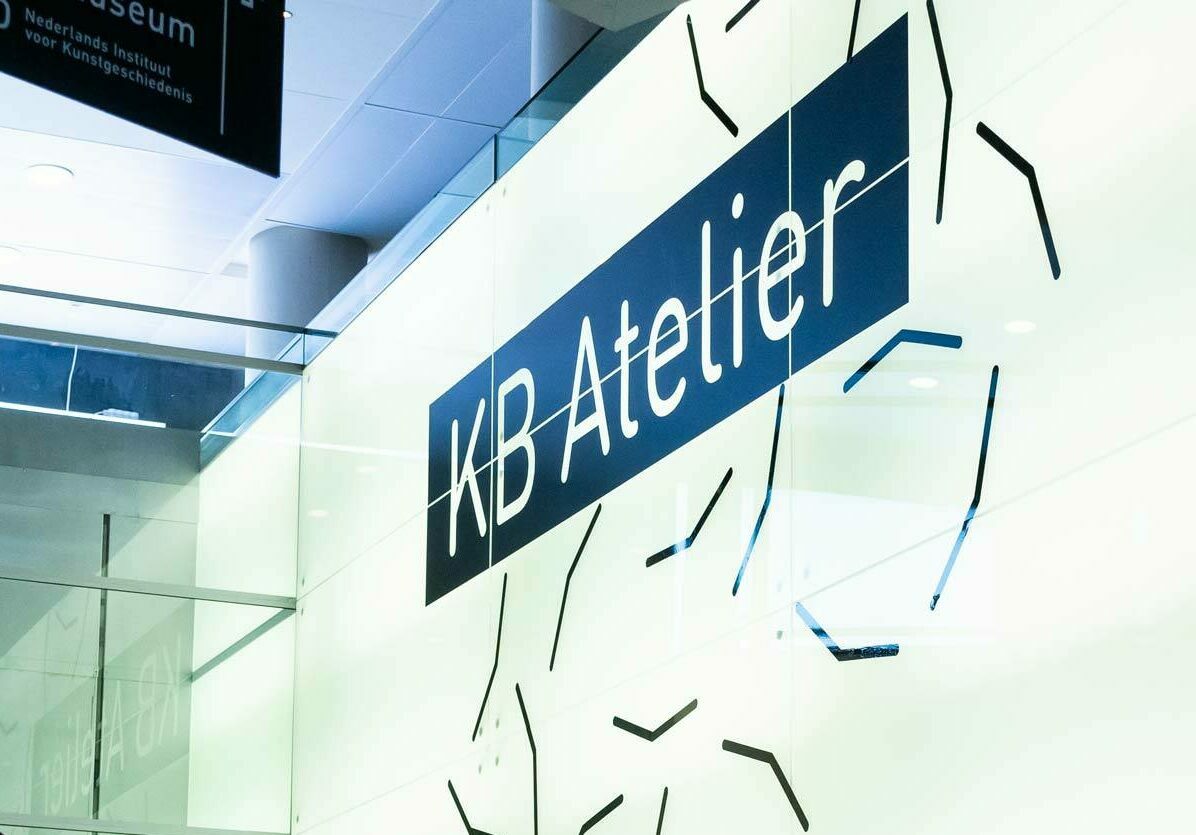
A physical place, KB Atelier was provided for experimentations and presentations. The students could explore the possibilities of e.g. VR, AR and mixed reality solutions, data visualizations, and other media to be integrated into the spatial, physical context of the library as well as virtually, online.
Follow the process and results of their research via @kabk_ia_fd.
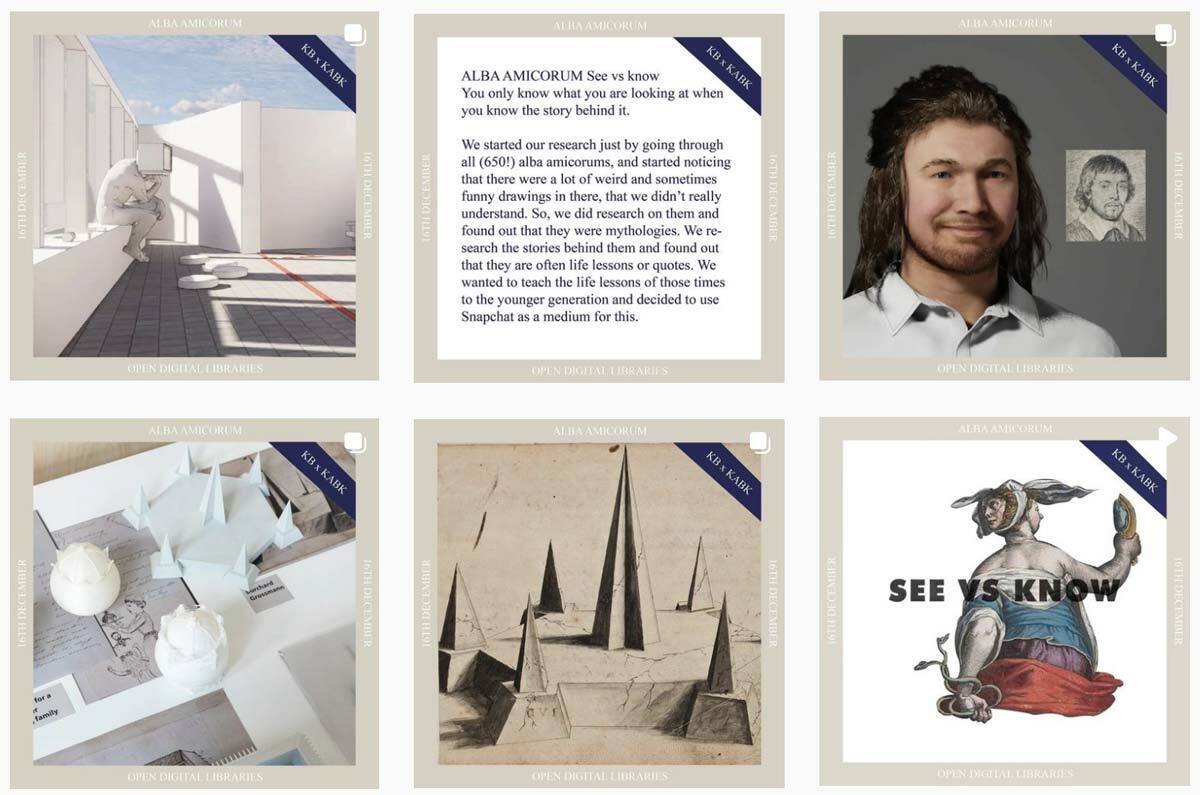
First presentations
Final projects
Joshua Holetz, Louise Spisser, Deandra Jauw, Youbin Kang, Victor de Groot
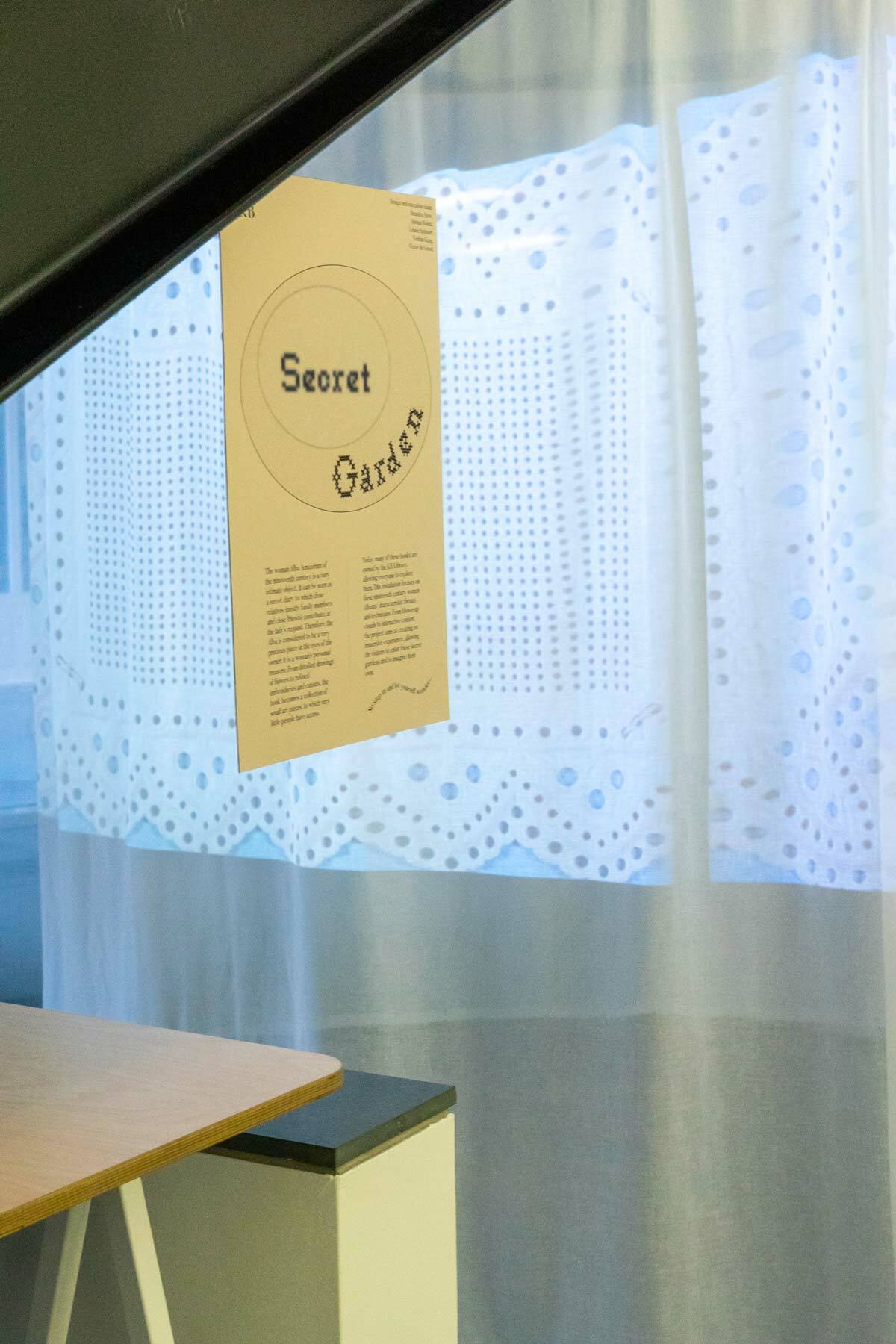
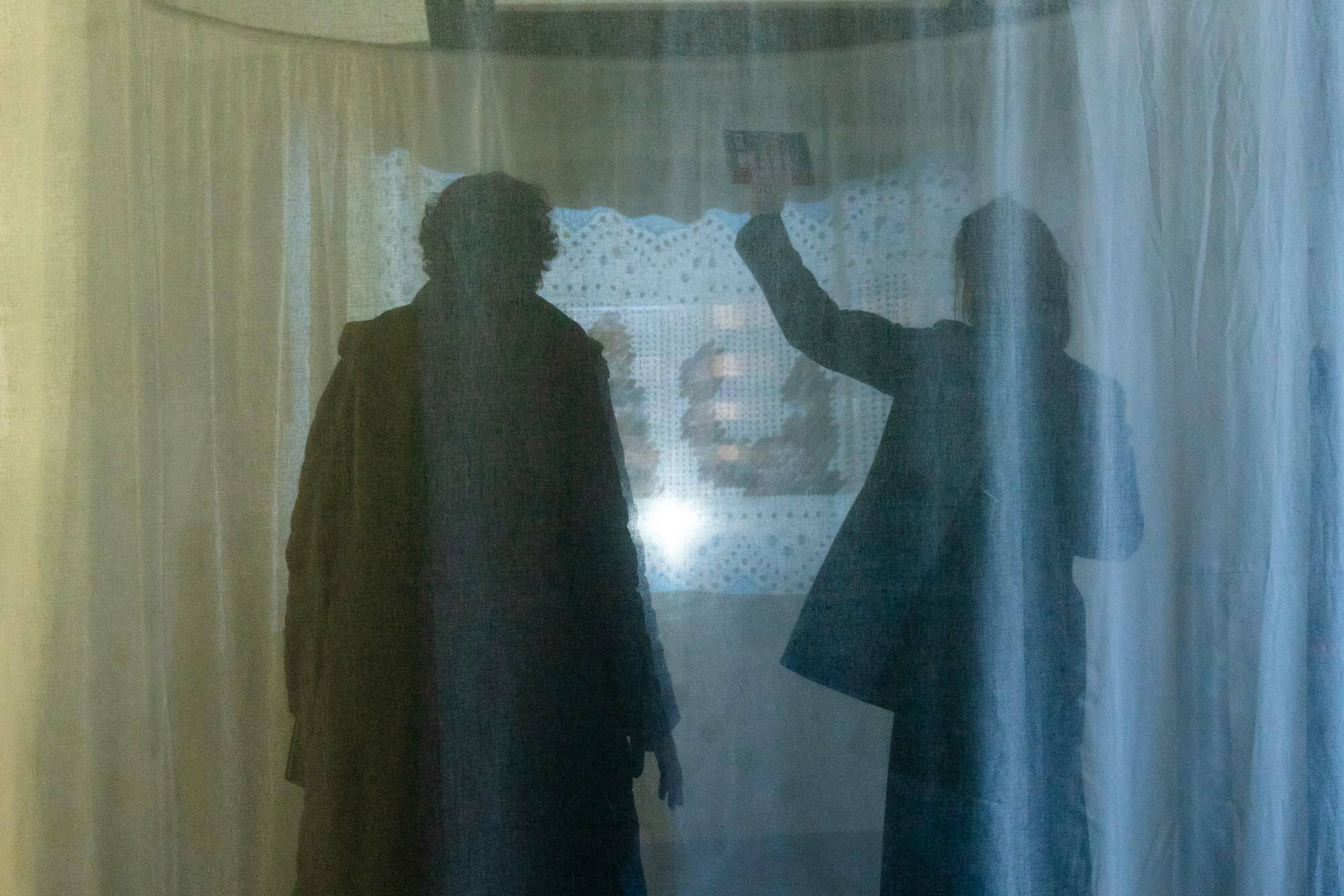
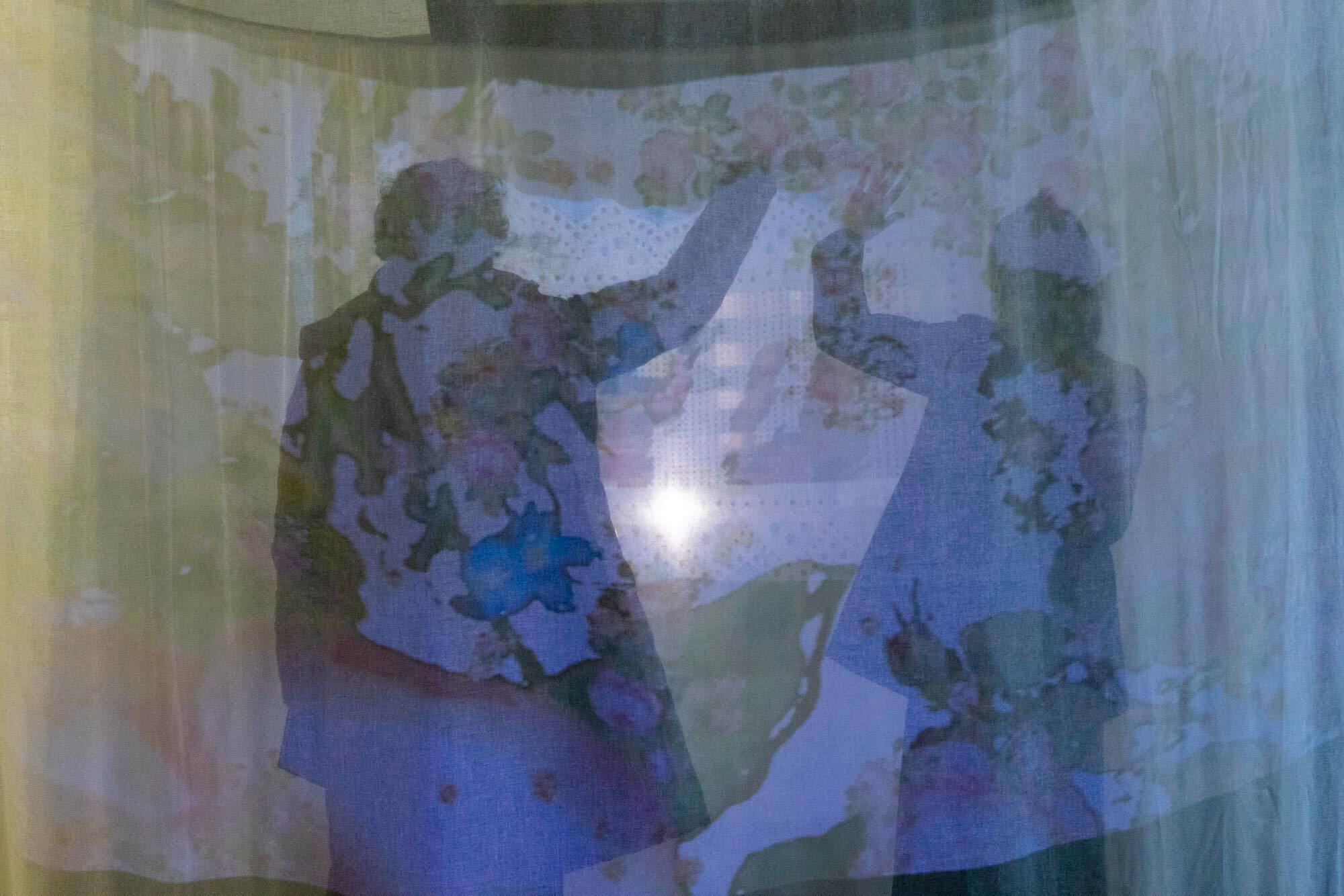
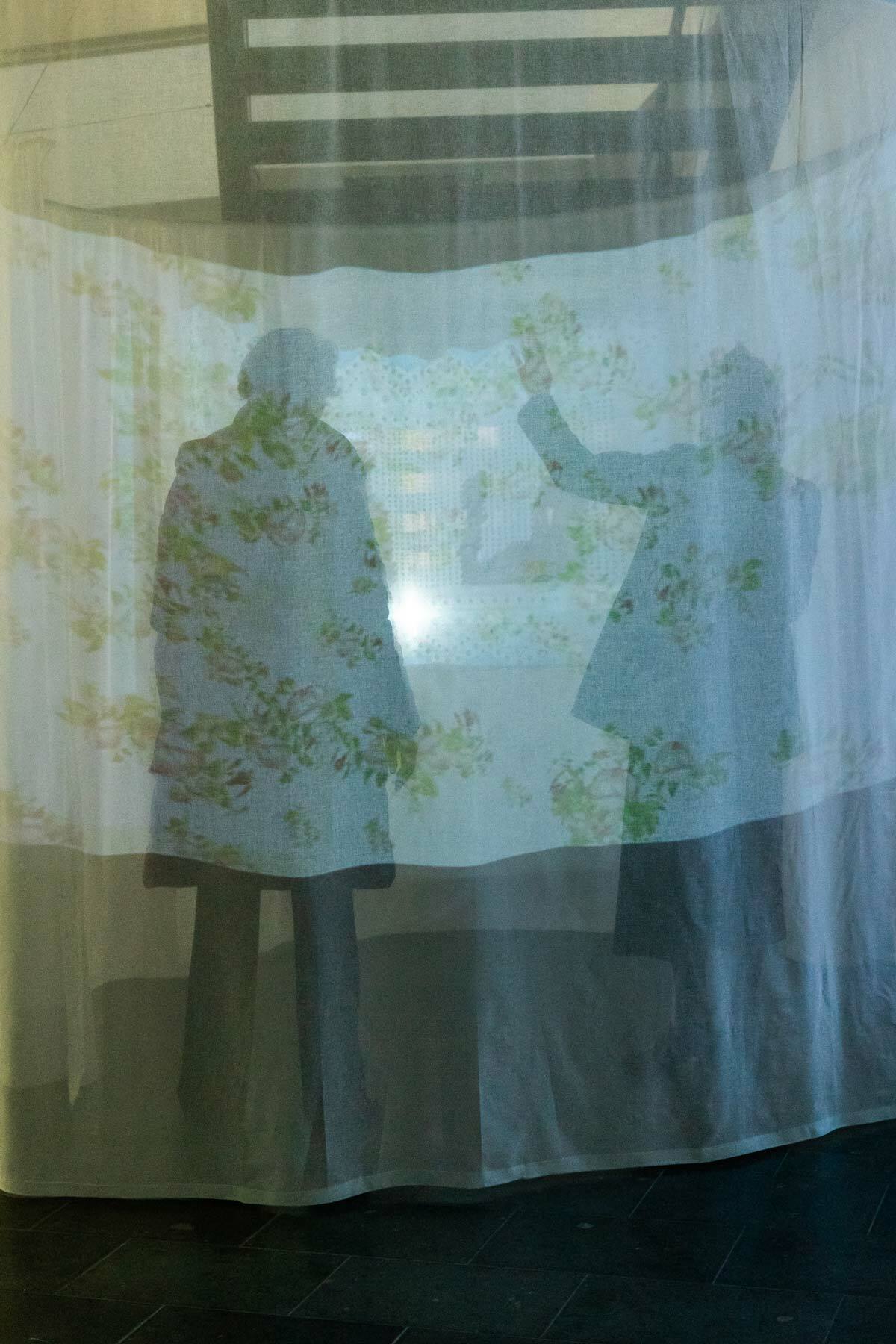
The women’s alba amicorum can be distinguished by their special qualities. They are made in very intimate contexts remaining in the house of the holder and shared with very few people, mostly family members, close relatives or friends. Even though the women's albums of the nineteenth century are not as private objects as the albums of the seventeenth century, they are definitely more personal than male alba’s. Secondly, they are very refined, precious objects, gathering real pieces of art and crafts, like embroideries, that highlight the skills of the maker, resulting in the very precious object in the eyes of the owner.
For this project, we focus on key visual elements that keep appearing in women's alba of that time. Nowadays the most obvious one would be ‘flowers’; yet, at the time, it wasn’t common to automatically associate women with flowers. Researchers assume that flowers refer to the idea that one could draw from nature for inspiration when learning how to draw. Flowers also represented the ephemerality of life. The two other recurring visual elements are textures, use of the embroidery and cutouts, or refined pages with tiny holes punched through to create an image. Our installation interacts with the visitor’s presence in the space, movements are translated into a new digitized dynamic weaving.
Zhao Zhou
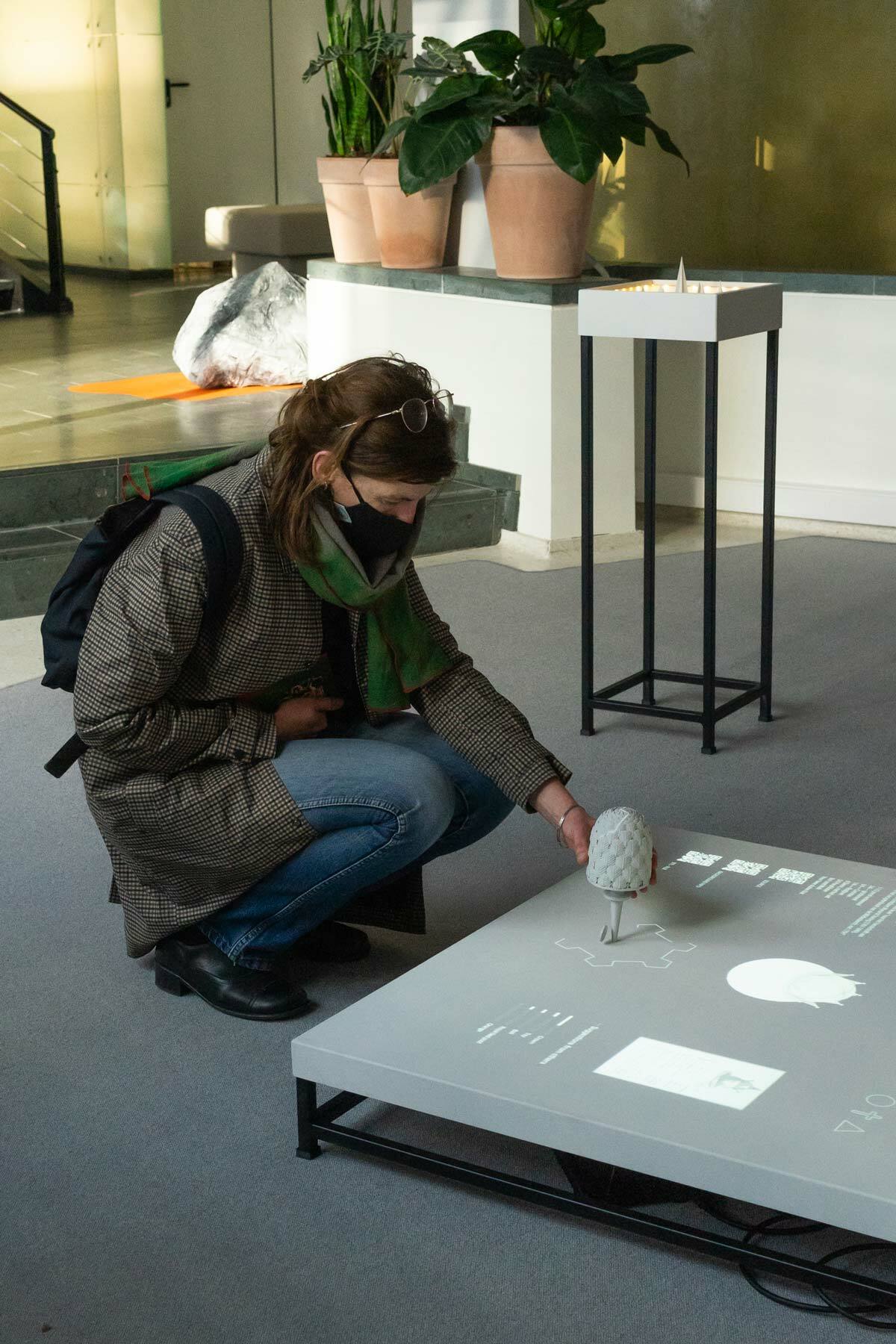

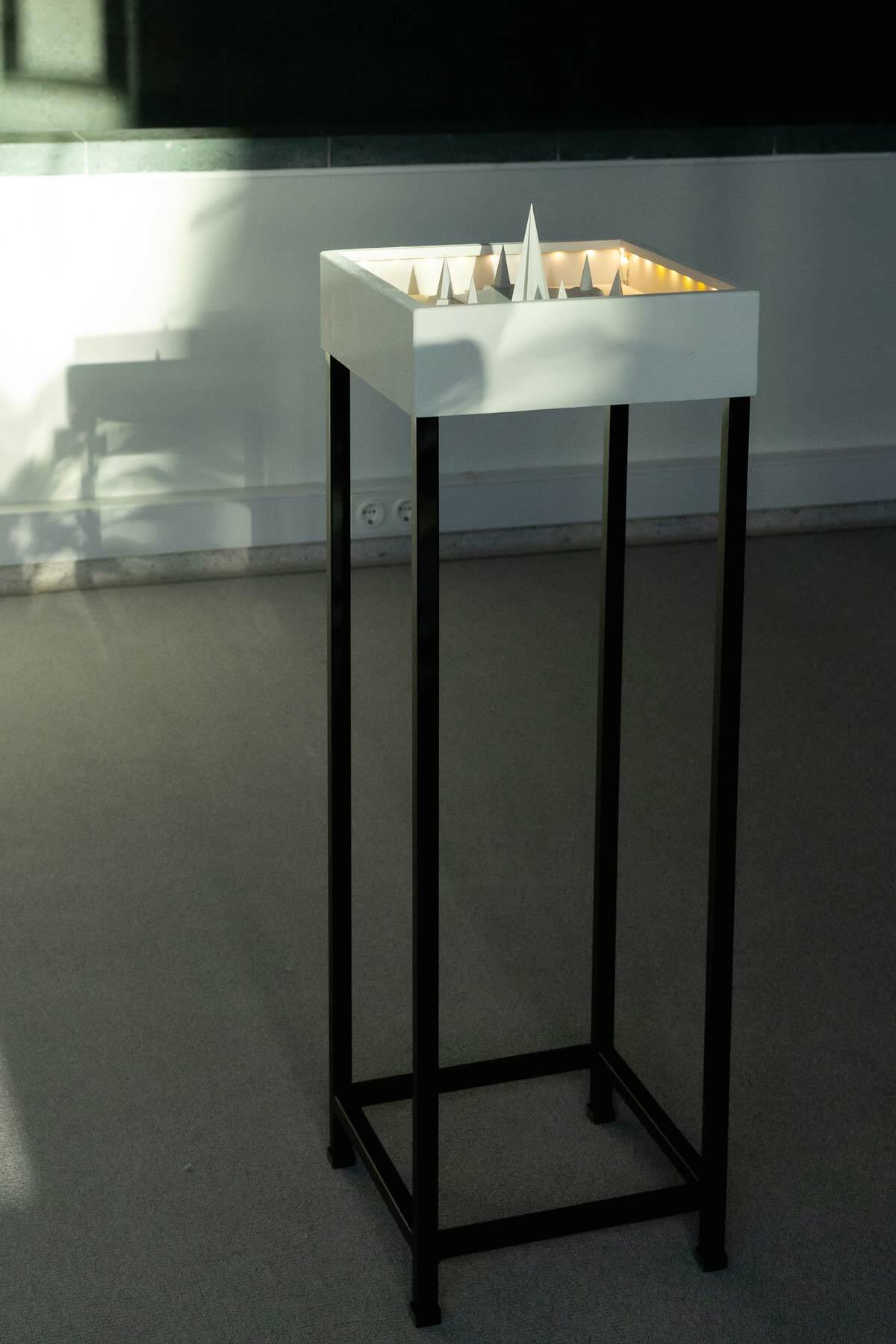
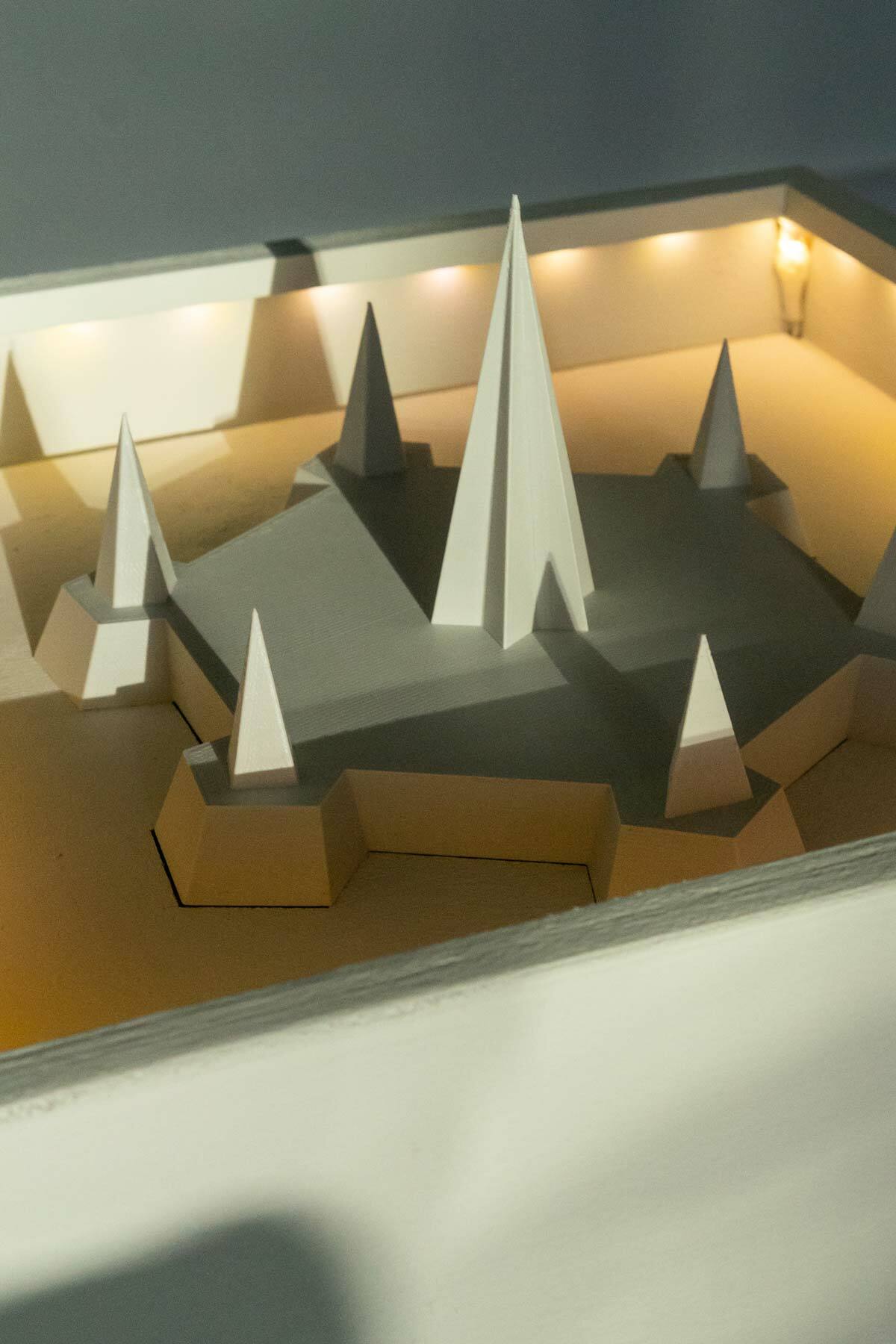
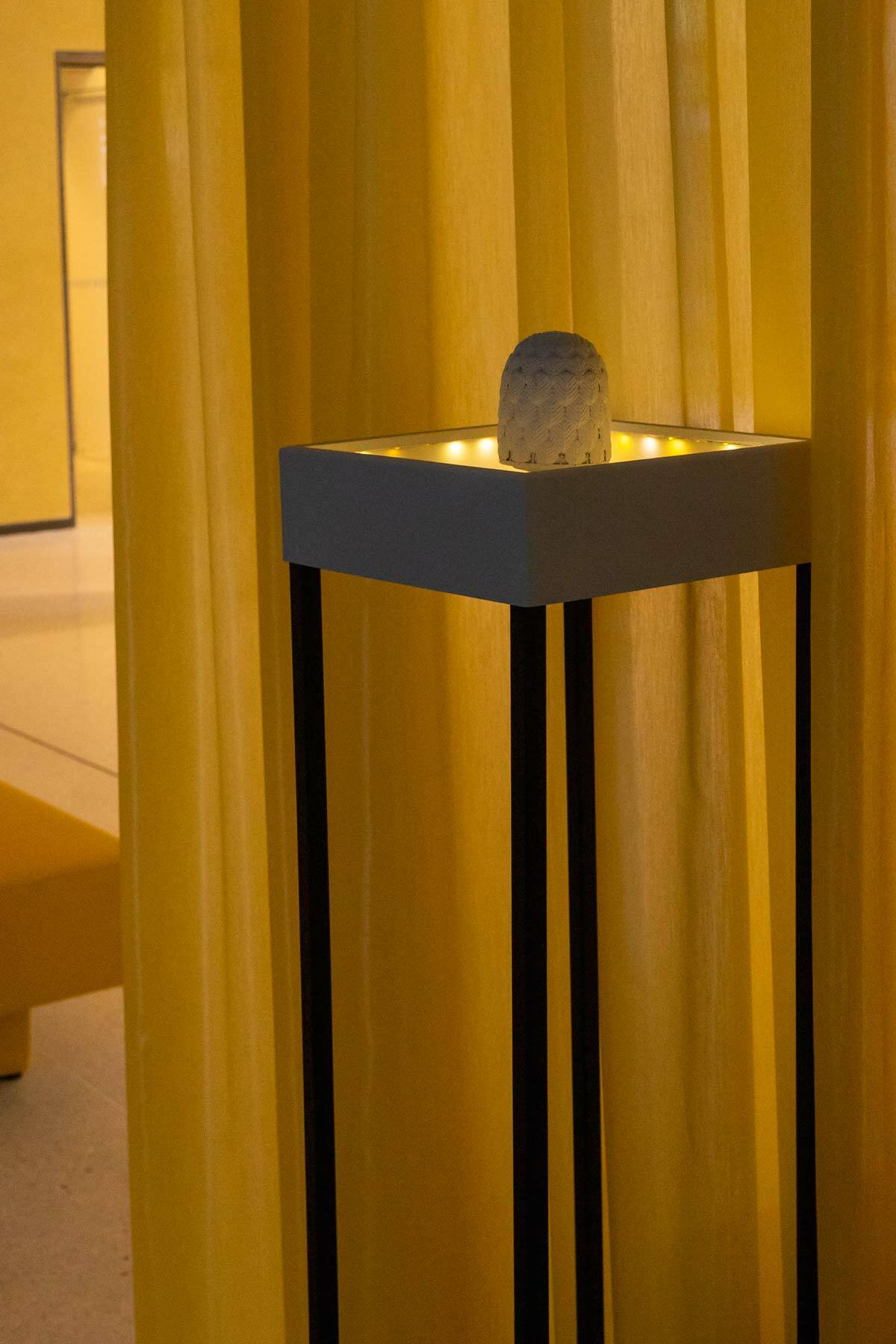
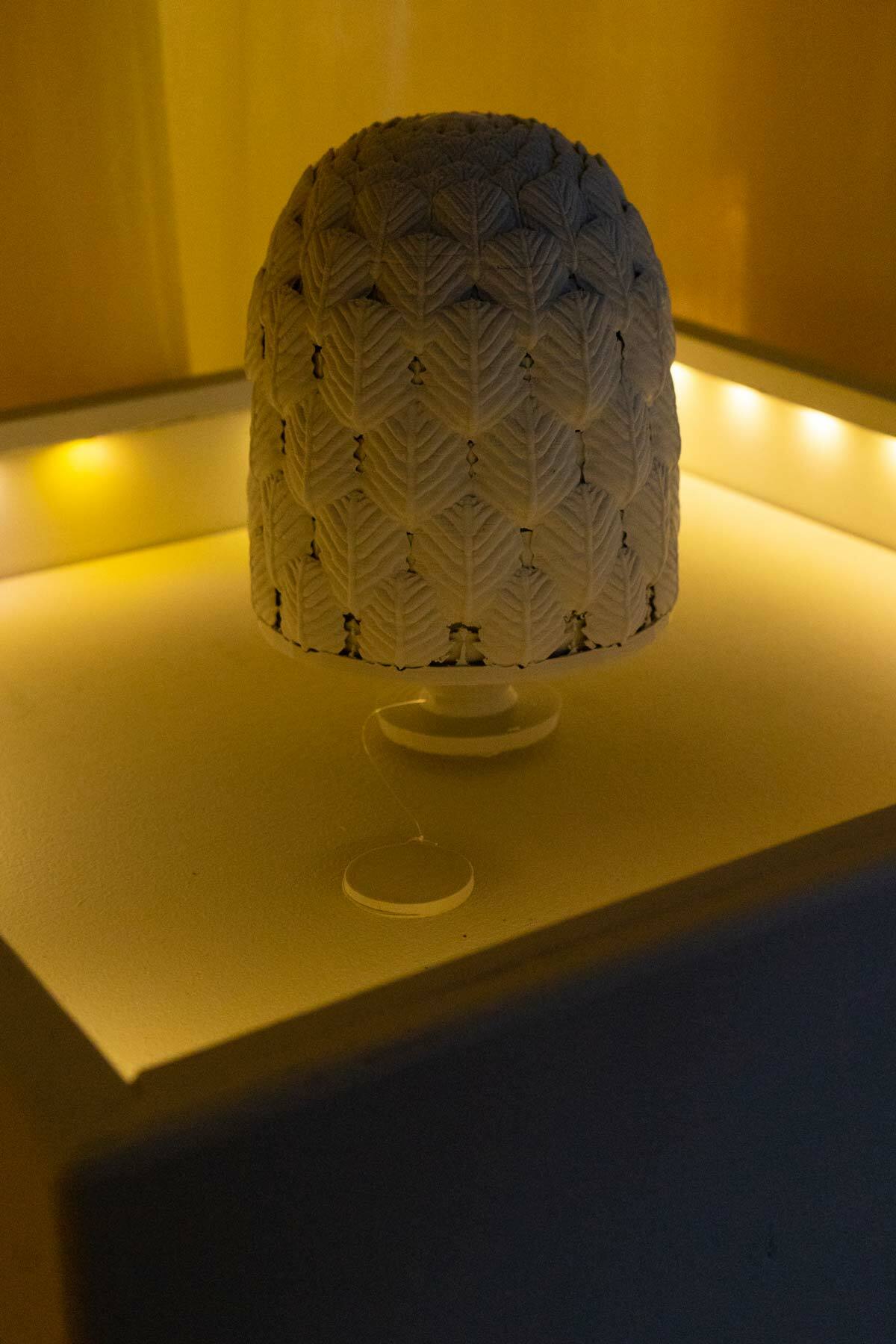
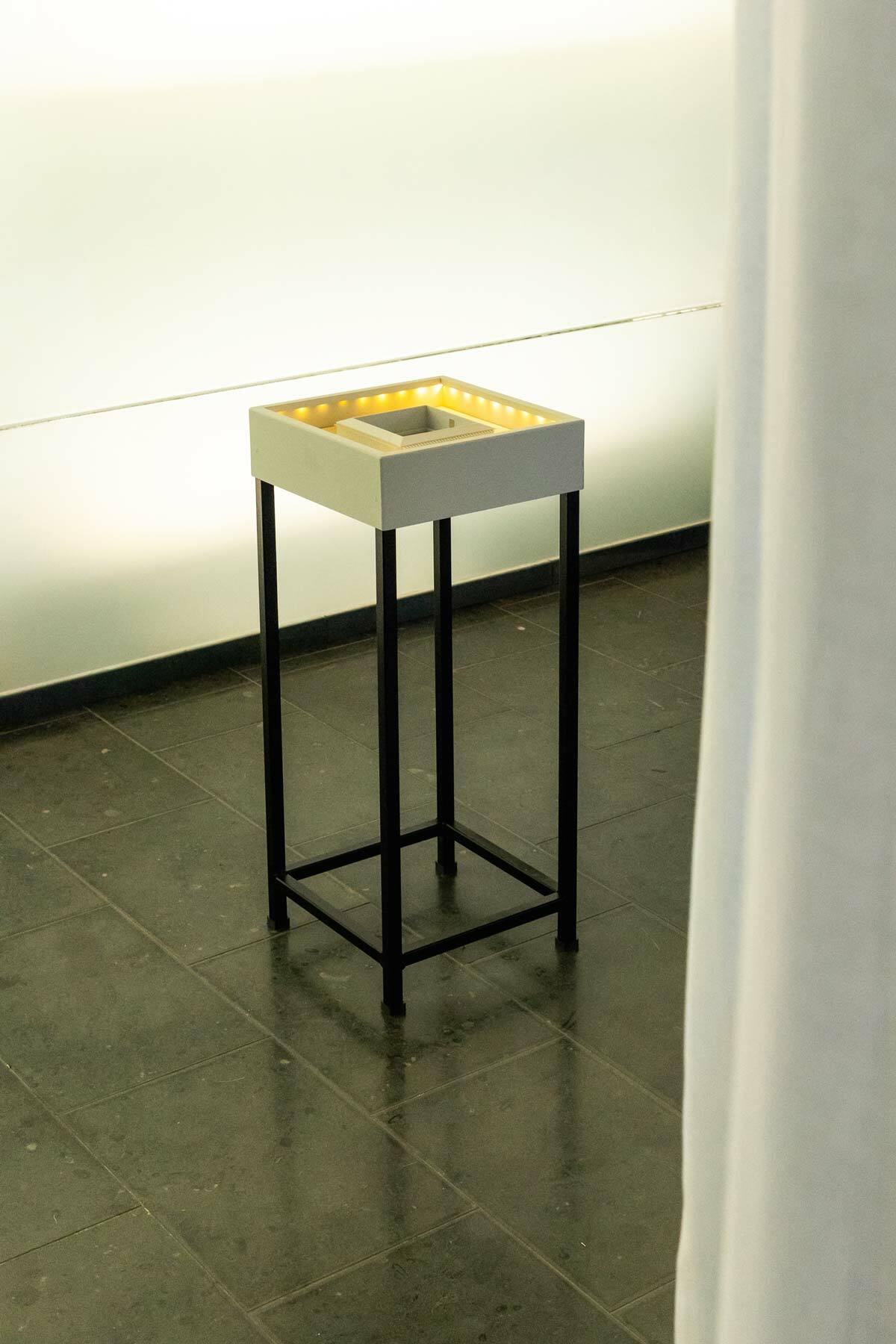
The alba amicorum collection carries intriguing illustrations with objects that beg to be re-defined. In het archief graven brings fascinating objects found in the existing alba into the present. Methods and aims of this project are making research physical, reintroducing knowledge sharing, and introducing a more intuitive research method within the context of a library.
In het archief graven treats the collection as an archaeological site. It turns visitors into researchers that interact with 3D printed matter instead of 2D illustrations, identified in the historical pages. The materialised objects depicted from the original alba amicorum make it possible to relate to the past, directly and indirectly, acting as the connection between history and the present.
Chloe Snoeks, Hyemi Lee, Sarang Han, Yunjia Zhou
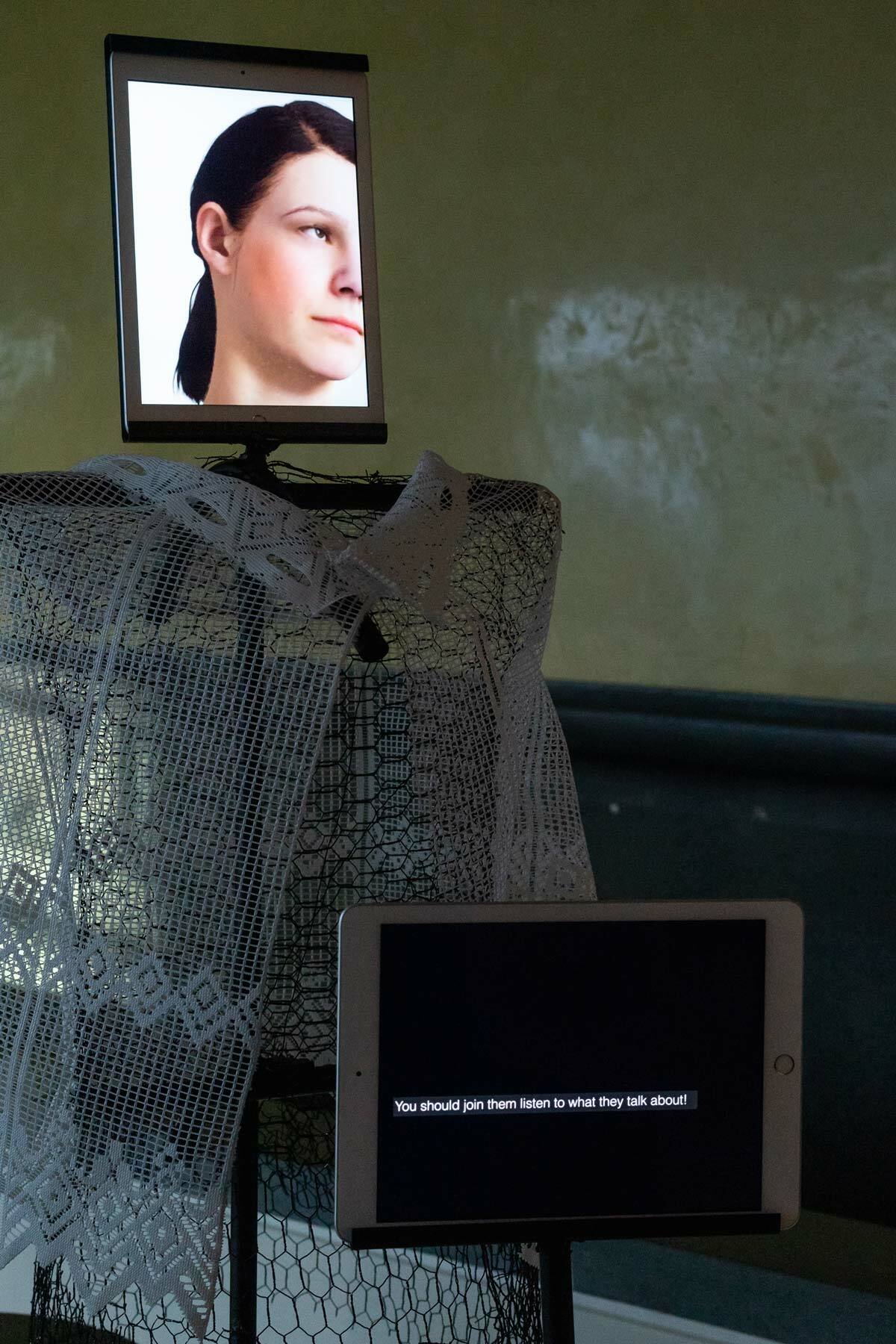
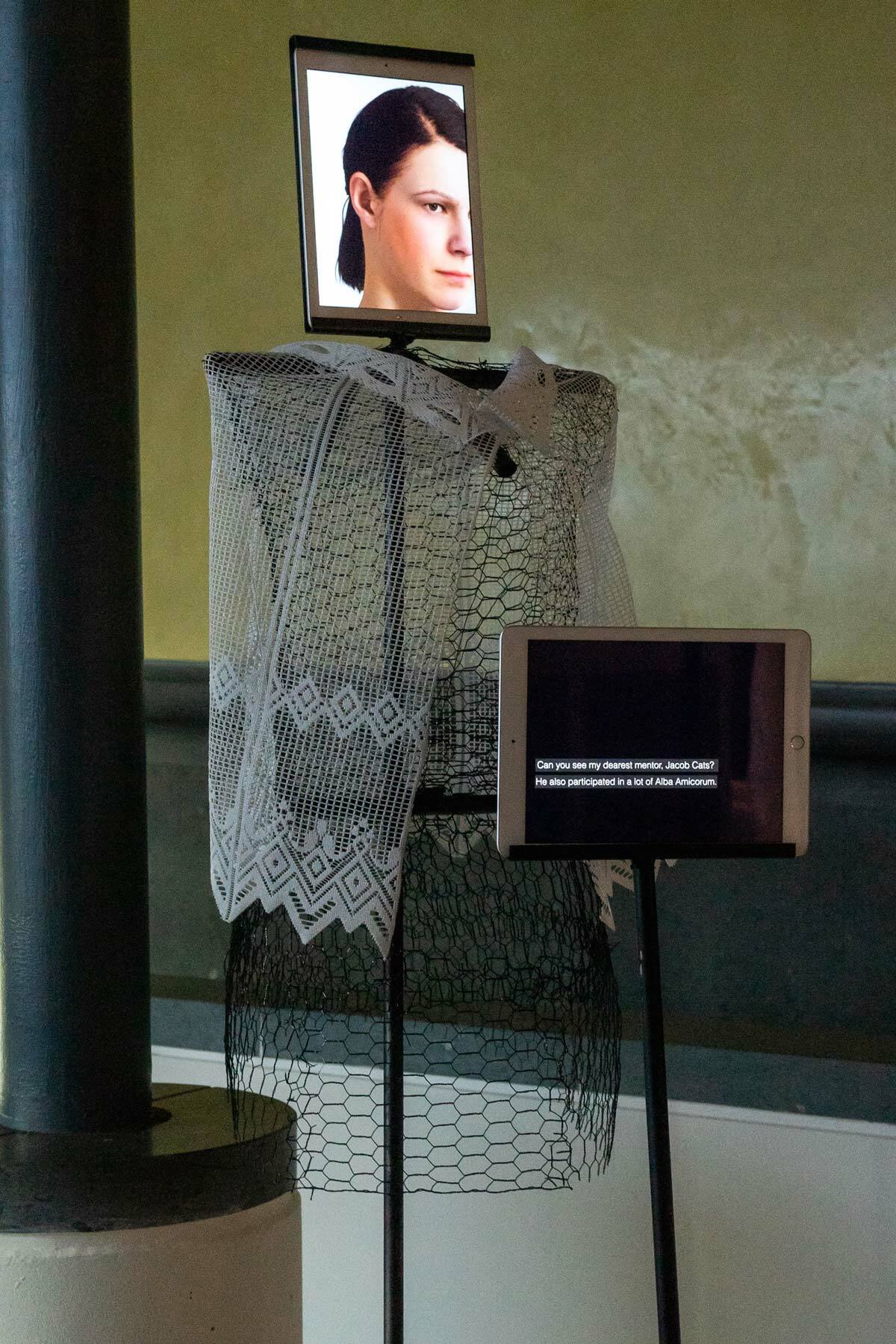
Resurrection stems from our personal experiences and interpretations of the alba amicorum. We saw the album amicorum as a medium for time travel, a way to network with the people who contributed or owned these books. Networking as a natural instinct of human beings is a central concept to us. Despite being centuries apart, these alba owners and contributors were quite similar to ourselves.
Four individuals revived from the seventeenth century inform us about the alba contents in a conversational setting: Anna Maria van Schurman acts as the moderator, Jacob Heyblocq and Jacob Cats acting as the contributors, and Crispijn de Passe as the maker. These four persons are transformed into contemporary avatars. Avatars are used as a method to bring the past to the present, ‘upgrading’ the historical figures to current and potential future time periods. The KB building thus becomes a bridge between timelines, allowing present and past to coexist and interact simultaneously in the same space. We see this digital theatre as an opportunity for the future libraries.
Cynthia Bruinsma, Chen Jia, Mik Bakker
Images and drawings shown in diverse alba amicorum are translated into a series of films, where we grasp and interpret the historical symbolism into topics from our contemporary life. We use a hands-on approach and create a sustainable set design by recycling left-over material from our academy. We got intrigued by the expressive drawings and images from the alba album Amicorum of Hans Heinrich Oberhaupt (film 1), Jacob Heyblocq (film 2) and Geertruydt van Engelsteedt (film 3).
Album amicorum of Hans Heinrich Oberhaupt (film 1)
‘In Paris, Oberhaupt had six gouaches painted on parchment added to his album. The most vivid picture is that of the Place des Vosges (then Place Royale) where, under great public interest, a not exactly gentle duel takes place.’
By interpreting the duel as a strike, we refer to the recent strikes against capitalization of the Dutch housing market. The Place Royale as stage set for this scene implies the high rents of housing.
Album amicorum of Jacob Heyblocq (film 2)
‘Fishing was a major industry at the time when the mackerel was depicted. The sea was rich in mackerel and other kinds of fish. This is evidenced by archaeological findings of fish remains. Imagefrom the album amicorum of Jacob Heyblocq.’
The fish industry still plays a major role in society, yet in contrast with the past, our sea contains more and more plastic and garbage, so called plastic soup. Any element, whether chemical or natural, that upsets the balance of the sea and living creatures of the sea, is considered a pollutant.
Album amicorum of Geertruydt van Engelsteedt (film 3)
‘Different men tried to win Geertruydt’s heart and a place in the Frisian noble family of Van Engelsteedt. In 1616 Frans Jongema made a gouache showing Tobias crossing a river, accompanied by the angel Raphael, and provided it with a striking rhyme. However, the angel did not lead him to Geertruydt, but to Trijn van Ockinga, whom he married on 21 October 1621.’
This film focuses on Tobias’ travels, the adventure and new experiences, linking this story with the fact that traveling has been difficult during Covid lockdowns. Tobias, the unfortunate young backpacker, has been disappointed by the ‘cancelled’ red signs at the airport. His adventure must wait or get another turn.
Jaiho Park, Hilde Fledderman
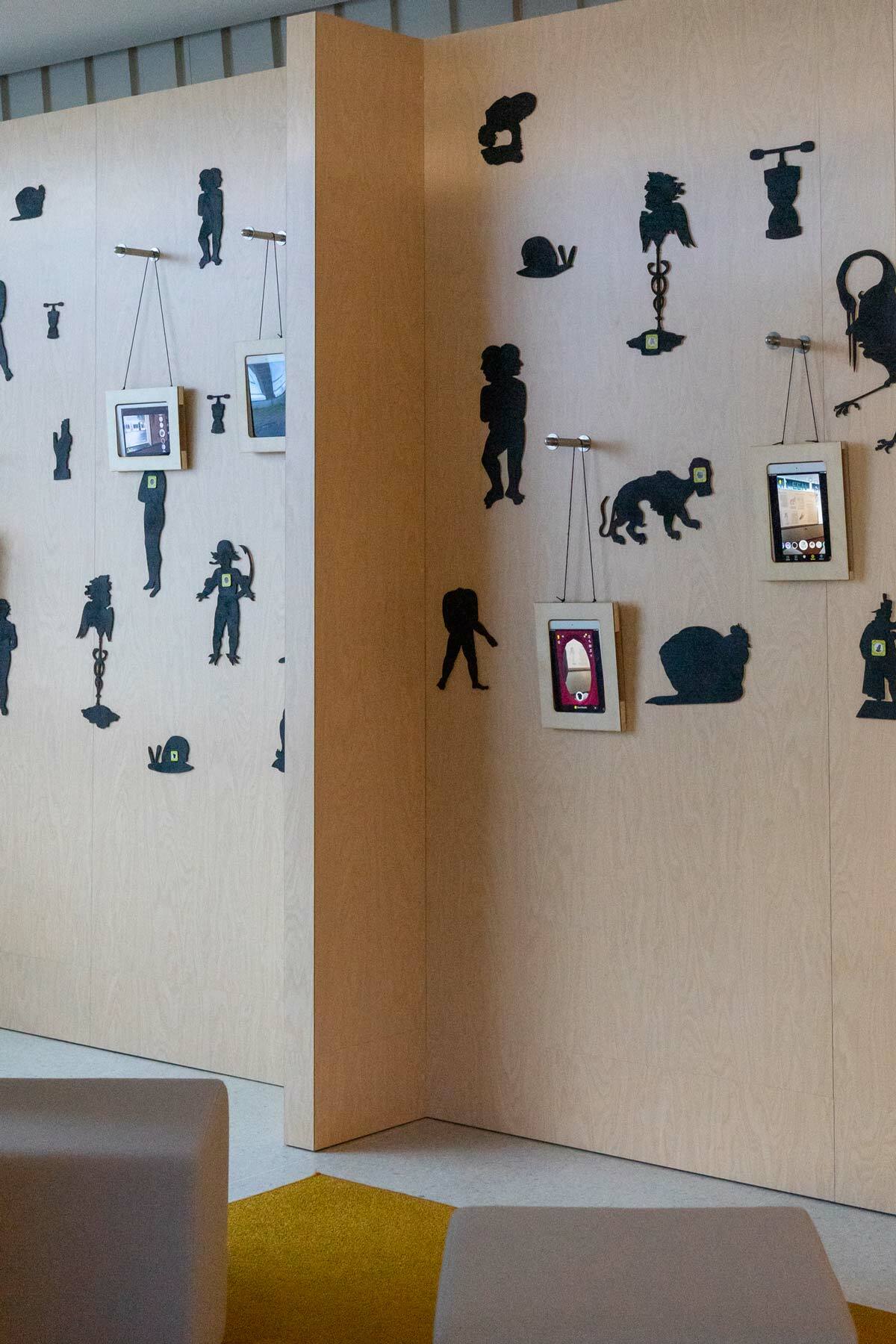
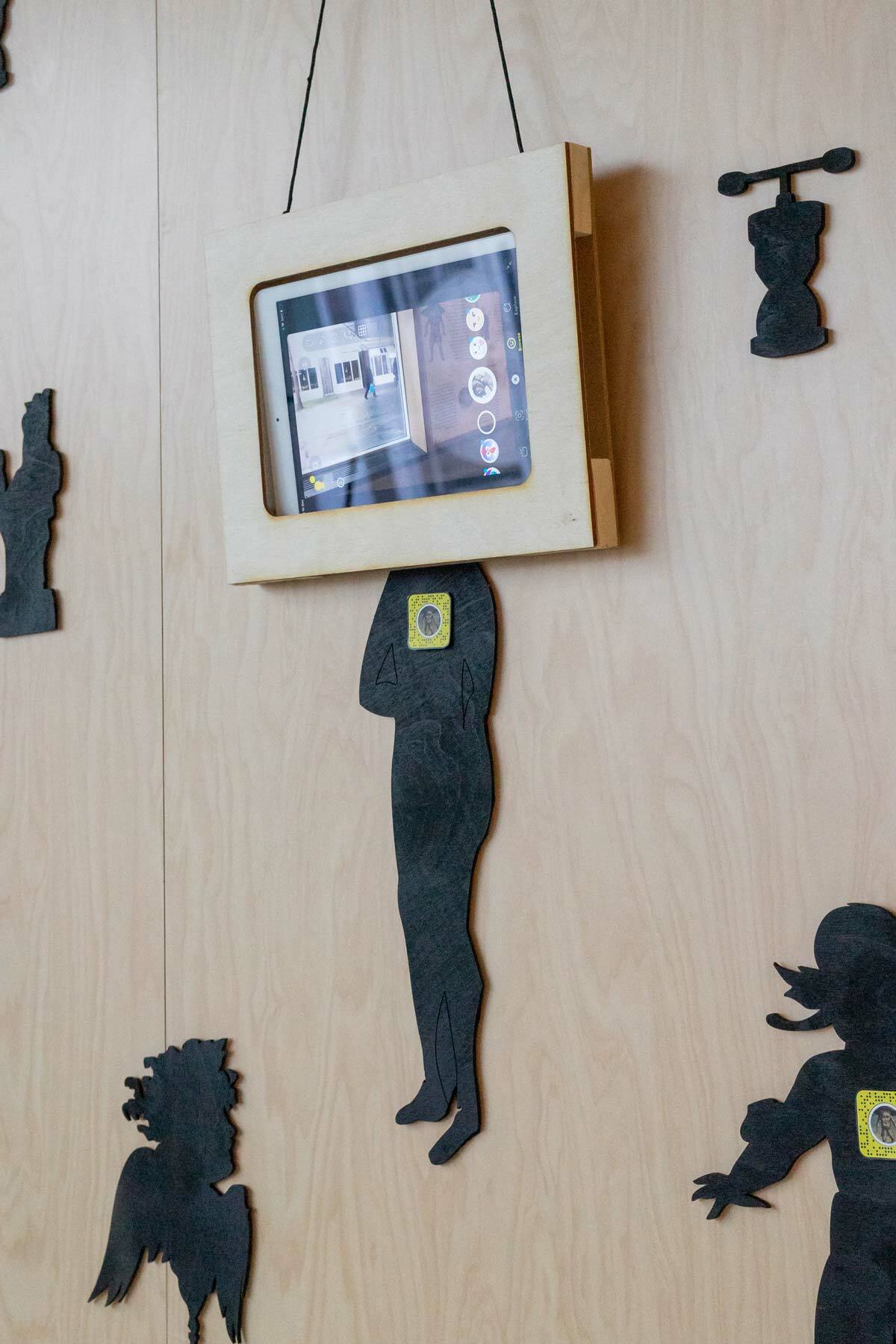
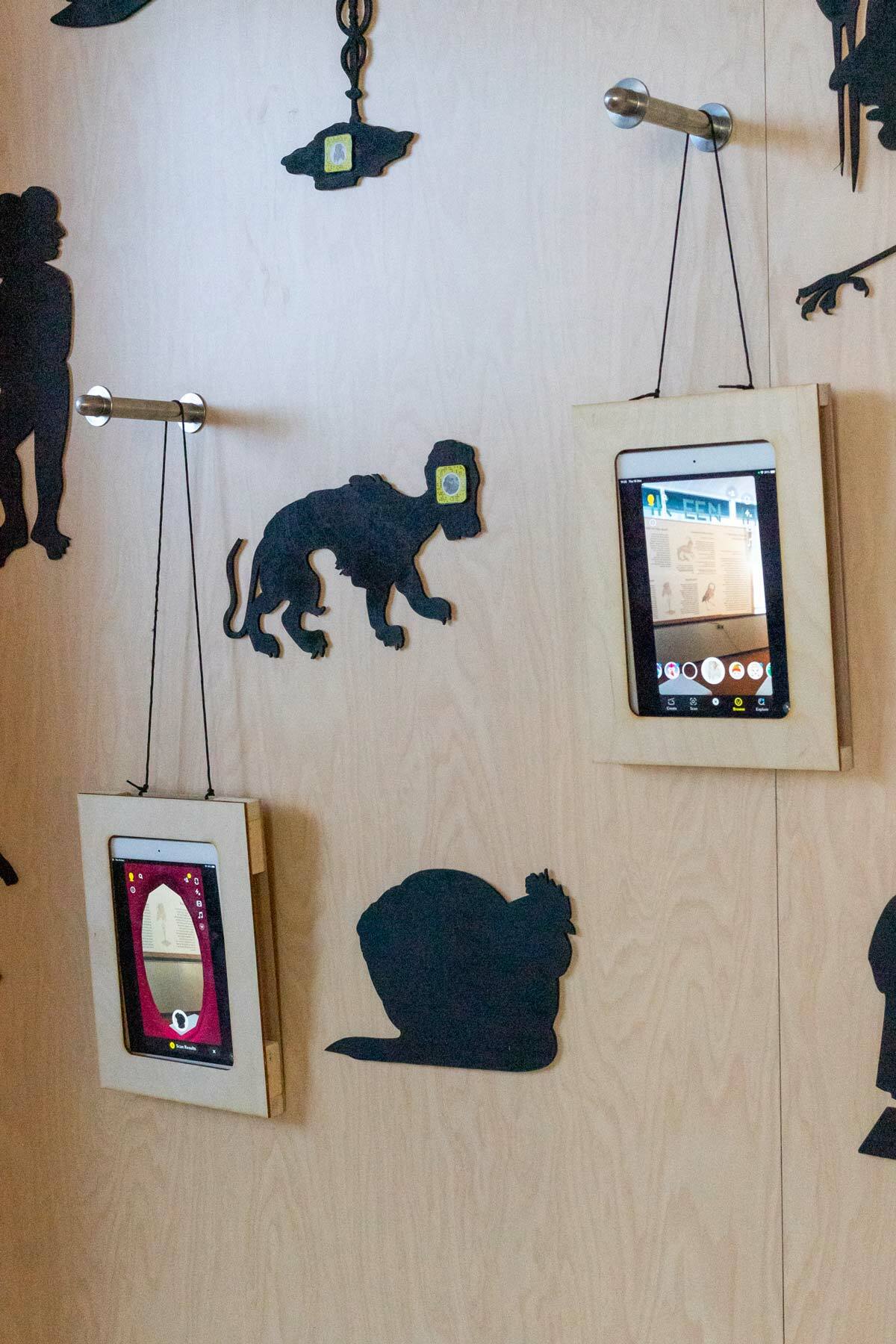
You only know what you are looking at when you know the story behind it.
Looking through all of the 650 alba amicorum, we noticed a lot of curious and sometimes funny drawings that we didn’t really understand. We researched them and discovered that they are mythological and allegorical images that carry hidden meanings. The stories behind them are often life lessons. The project See VS Know aims to share these life lessons of the past with the younger generation and therefore uses Snapchat as a medium. Younger generations can take the historical hybrids as filters on their smartphone to any place they are going. While making pictures with their friends, they create their own contemporary alba amicorum.
Credits / thanks to
National Library of the Netherlands (KB)
Rianne Koning
Jessica Wevers
Ron Hol
Jeroen Vandommele
Olaf Janssen
Annemarie Beunen
Loes van Eijk
Royal Academy of Art (KABK), The Hague
Mariska Beljon
Simcha van Helden
Ernie Mellegers
Herman Verkerk
Tutors
Lada Hršak
Pawel Pokutycki
Students
Mik Bakker
Cynthia Bruinsma
Hilde Fledderman
Victor de Groot
Sarang Han
Joshua Holetz
Deandra Jauw
Chen Jia
Youbin Kang
Hyemi Lee
Jaiho Park
Chloe Snoeks
Louise Spisser
Yunjia Zhou
Zhao Zhou
Photographer
Ira Grünberger
Film
Medina Rešić


